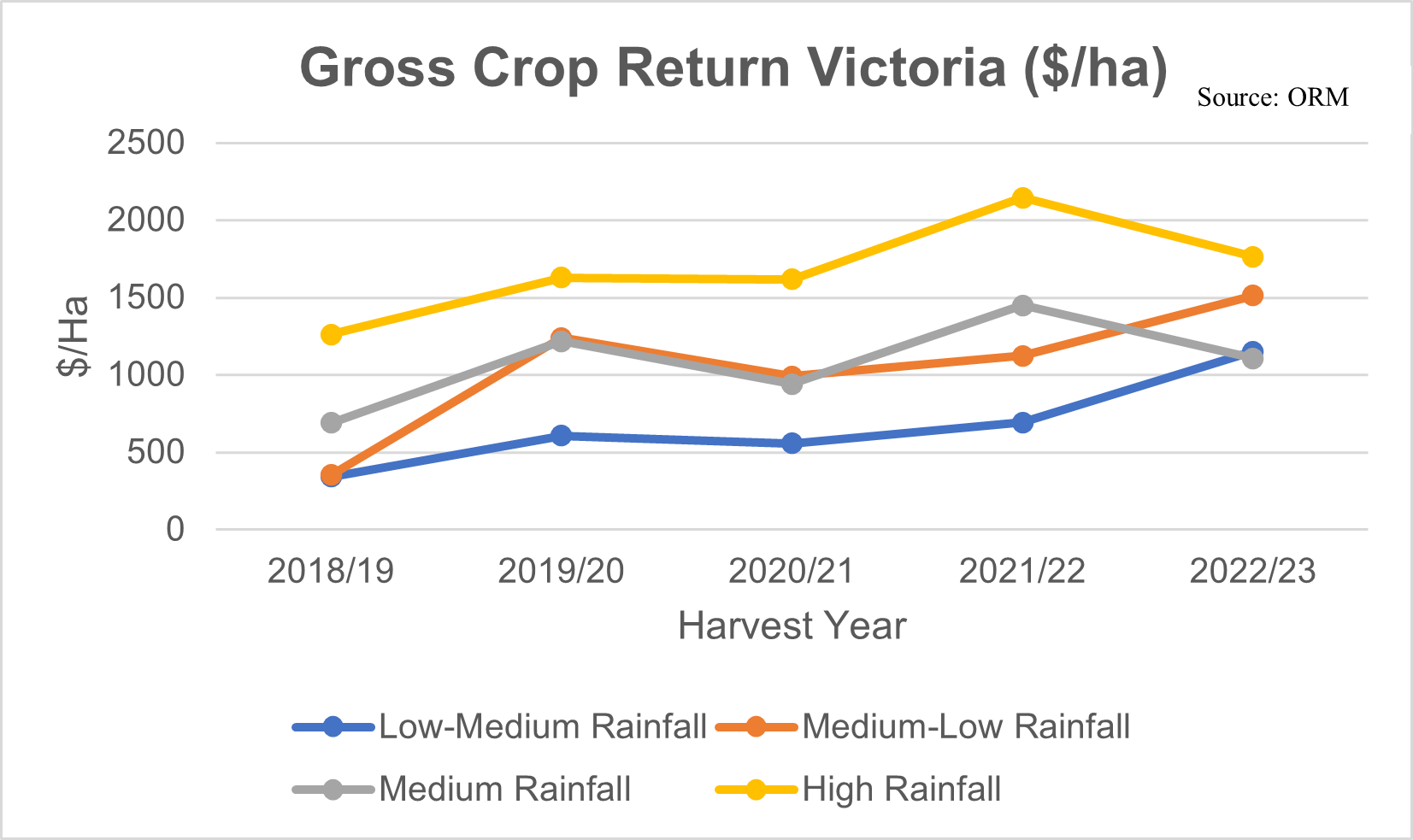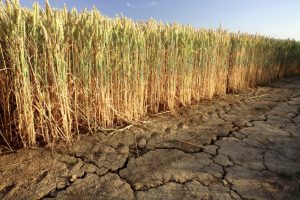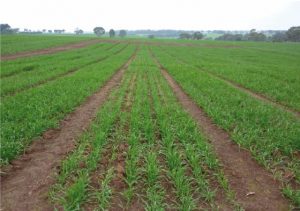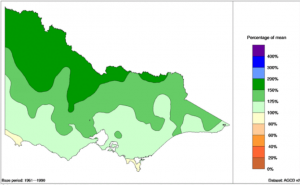As early autumn break rain events move their way across Victoria, signaling a bright start to the upcoming winter season, it can be quickly forgotten how monumental 2022/23 harvest was.
From the business reviews we have conducted with our clients, some experienced their highest crop returns on record, while others were closer to average.
ORM has compared the results from four rainfall zones in Victoria and the seasonal results produced by each zone.
Summary of findings:
The chart below represents the Gross Income per hectare over a 5-year period for four distinct rainfall zones.

| Gross crop returns broadly increase with rainfall zone, with the largest exception being the 2022 Winter season, where the medium to low rainfall zone outperformed the medium rainfall zone.
This was due to the medium to low rainfall zone receiving similar rainfall to the medium rainfall zone in 2022, while the area did not suffer as many waterlogging issues. We also observe the two higher rainfall zones saw a decrease in gross crop returns year on year, the lower rainfall areas saw an increase, and the gap between the four zones was the smallest over the five-year period. |
Seasonal trends are described in more detail below. Look for your rainfall region below and see how you compare.
Low-Medium Rainfall
 |
This area saw a reduction in cereal grain planted in 2022, displaced by legume grain increases as the transition out of growing oilseeds became more prevalent. The 2022 Winter season experienced a growing season rainfall that was 302mm above the 5-year average as well as a stored moisture content that was higher than the year before which in turn pushed the overall crop return towards the $1200/ha mark. Wheat yields in the rainfall group were the highest on our records sitting just above 3.5t/ha. |
The previous best yielding years were the 2016 and 2010 winter seasons, which both recorded similar wheat yields, however prices in these years were considerably lower.
Medium-Low Rainfall
The 2022 winter season much, like the Low-Medium rainfall zone, experienced a larger area to legumes than the previous year and area to cereal grain was the lowest of the last 5 years. Oilseed area remained similar to previous 2 years. During 2022/23 harvest, farmers were inclined to store grain production and await better prices, as the amount of grain stored was upwards of 60% of their overall production, a level of storage not seen for 4 years. The crop return was close to $1600/ha which was $400/ha higher than the next best year, the 2019 winter season. This was driven by a huge increase in growing season rainfall which saw amounts reach upwards of 430mm, a 200mm increase on the 2021 growing season rainfall. Given this amount of growing season rainfall, surprisingly, wheat yields were not the highest that we have in our database (20 years) with the 2016 winter season trumping the 2022 winter season by roughly 0.4t/ha. Average barley (4.6t/ha) and canola yields (3.0t/ha) were the highest that we have on record.
Medium Rainfall
Farms within the medium rainfall group experienced a growing season rainfall amount of 500mm which was an increase of 170mm on the 2021 growing season rainfall. The 2022 growing season rainfall was only 70mm higher than the Medium to low rainfall group.
| Many farms elected to plant more area to oilseeds than legumes, unlike the farmers in the lower rainfall groups. The amount of grain production stored for sale remained high with roughly 50% being stored for sale post-harvest. Gross crop return was $1200/ha which was down $300/ha on the previous year and down $400/ha when compared to the Medium to Low rainfall group. One of the reasons for this is that some farms experienced issues with waterlogging in potentially high value crops. Wheat and Canola yields dropped 1.0t/ha and 0.3t/ha from the previous year. |  |
High Rainfall
Similar to farmers in the medium rainfall zone, the high rainfall group elected to plant a high amount of area to oilseeds (around 40% of total cropped area), with cereal area remaining steady year on year at roughly 40% of overall cropped area. Unlike the Medium and Medium to low groups, farmers elected to sell roughly 50% of their overall production. The growing season rainfall of close to 600mm on the back of good stored moisture resulted in crop returns in excess of $1600/ha. This figure was significantly down on the previous year of circa $2100/ha. The high rainfall zone delivered wheat yields of 4.5t/ha, however, yields were down on the previous 3 year average of over 5t/ha. Barley yields in 2022 at 4.5t/ha were similar to previous years while canola yields were 2.7t/ha, slightly down on the 2021 winter season.
If a report like this interests you for your farm, please get in contact with ORM on 5441 6176.
James Naughton, Graduate Business Analyst
For more information contact us here admin@orm.com.au
